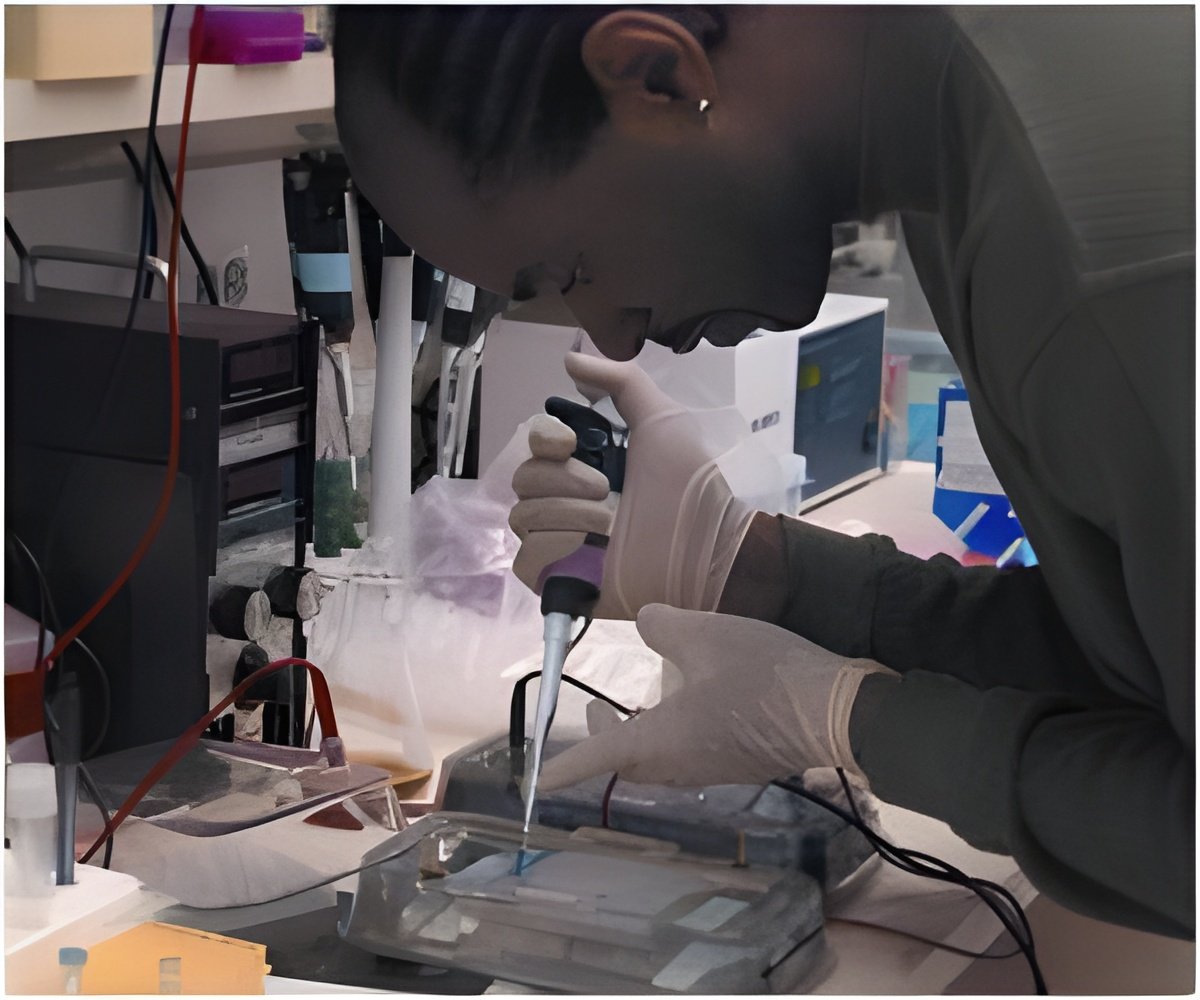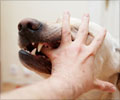Researchers reveal that the hormone oxytocin appears to increase social behaviors in newborn rhesus monkeys.

Oxytocin, a hormone produced by the pituitary gland, is involved in labor, birth and breast milk production. Studies have also shown that oxytocin plays a role in parental bonding, mating and social interactions. Because of this, many researchers have suggested that oxytocin might be useful in treating conditions affecting social behavior such as autism spectrum disorders.
Earlier research in adults has shown that oxytocin increases certain social behaviors, says behavioral endocrinologist Jerrold Meyer of UMass Amherst, but the current study is the first to show that it may have the same effect in primate infants, including humans. His lab conducted the chemical analyses of oxytocin and cortisol in the infant monkeys' saliva for this NIH study, quantifying how much of the hormone got into the animals' systems via inhalation. Findings appear in the current Proceedings of the National Academy of Sciences.
In a within-subjects study with infant rhesus monkeys, where the infants served as their own controls interacting with a human caregiver while inhaling oxytocin and without it, the NIH researchers found that oxytocin increased two facial gestures associated with social interactions. One is used by the monkeys themselves in certain social situations, the other is an imitation of their human caregivers.
First author Elizabeth Simpson of the NIH's Eunice Kennedy Shriver National Institute of Child Health and Human Development says, "It was important to test whether oxytocin would promote social behaviors in infants in the same respects as it appears to promote social interaction among adults. Our results indicate that oxytocin is a candidate for further studies on treating developmental disorders of social functioning."
Meyer, the UMass Amherst neuroscientist, calls the findings "exciting" because they not only support the idea that oxytocin may have a positive effect on social interaction among children on the autism spectrum, but because the newborn monkeys provide an informative, generalizable model for studying early neurobiology and social behavior during development.
Advertisement
For the current rhesus monkey study, the researchers began by gauging the ability of rhesus macaques to imitate two facial gestures: lip smacking and tongue protrusion. In lip smacking, the lips are protruded and open, then smacked together repeatedly. The authors note that rhesus mothers engage in this facial gesture with their infants in the first month after giving birth. Tongue protrusion involves a brief protrusion and retraction of the tongue. Although this gesture is seen in other primates and typically not seen in macaques, macaques will imitate it when their human caregivers display it.
Advertisement
Beginning in the second week of life, the researchers tested the monkeys on two separate days. The infant monkeys inhaled an aerosolized dose of oxytocin in one session, and a saline dose in the other. Each dose was delivered through an inhalation mask held gently over the animal's face.
Simpson and colleagues describe the monkeys as being more communicative when they saw the caregivers, that is, making facial gestures more frequently after receiving oxytocin than they did after receiving the saline. The monkeys were more likely to engage in lip smacking than tongue protrusion, but were more likely still to engage in either of these gestures after oxytocin than after the saline. Although on average monkeys exposed to oxytocin gestured more than after exposure to saline, there were differences in the frequency of gesturing among the individual monkeys. Monkeys who were more likely than their peers to gesture at caregivers in the first week of life (which the researchers termed strong imitators) gestured more frequently after oxytocin than did peers who were not as likely to gesture in the first week.
After exposure to oxytocin, the strong imitators were more likely to look at caregivers and stand close to them than they were after the saline. Looking into a caregiver's face and remaining in close proximity to a caregiver are indicators of social interaction and social interest, Simpson says. Moreover, after exposure to oxytocin, monkeys had lower levels of cortisol in their saliva. Cortisol is produced by the adrenal glands in response to stress. Lower cortisol levels after oxytocin exposure indicate that oxytocin may also function to diminish anxiety, the researchers point out.
Source-Eurekalert










